Timeless, Character-Driven Portraits of Man and Machine
I love making portraits more than anything. The conversations that lead to the photos are as important to me as the photos ...
With a new photography book on the horizon, local photographer Dean ‘Chooch’ Landry is again tipping his trademark hat to the interesting subjects he meets ... capturing people in moments that evoke a very personal connection.
The soft-spoken Harlem-based artist – he’s a musician as well as a professional photographer – describes the book of large format film photos documenting NYC at night, and titled I Still Love You New York, as a labor of love.
 “I've been making these photos for the last three years,” says Landry, who’s known as much for his expressive live band shots as he is for his moto culture imagery. “I go out at night all around the city, sneak into some places, get invited into others, and make the photos. I usually go alone, so it's pretty peaceful, and the city is moving a little slower late at night. It's been a lot of fun, and a really rewarding experience.”
“I've been making these photos for the last three years,” says Landry, who’s known as much for his expressive live band shots as he is for his moto culture imagery. “I go out at night all around the city, sneak into some places, get invited into others, and make the photos. I usually go alone, so it's pretty peaceful, and the city is moving a little slower late at night. It's been a lot of fun, and a really rewarding experience.”
Landry, a frequent and welcome visual documentarian of events such as The Race of Gentleman and The Lot vintage bike show, adds a part of the profits from the book are being donated to two homeless organizations here in NYC.
“The other profits pay for all the R and D we've done. Really, I'm just trying to share my work with people, help some folks who are down on their luck, and have a good time putting it all together.”
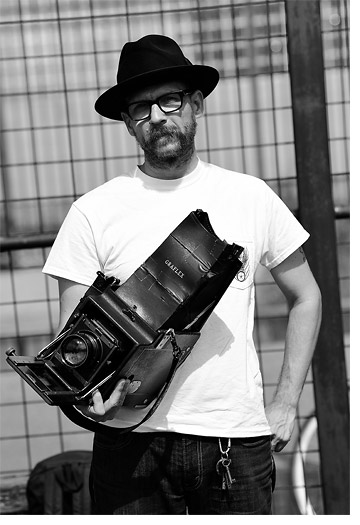 Photos were made with two rather unique cameras, the 1923 Auto Graflex, and a 1947 Speed Graphic fitted with a lens that was used in the belly of bomber planes in WWII … all on self-processed 4x5 film.
Photos were made with two rather unique cameras, the 1923 Auto Graflex, and a 1947 Speed Graphic fitted with a lens that was used in the belly of bomber planes in WWII … all on self-processed 4x5 film.
T H E P O R T R A I T P R O C E S S
The calm ease in Landry’s photos belies the difficulty in capturing them without the aid of a modern camera – whether it's the weight of his equipment, dealing with longer exposure times and large film shuttles – or even the post darkroom development and subsequent digitization of shots. But the end product makes it all worthwhile.
“I love making portraits more than anything,” he says. “The conversations that lead to the photos are as important to me as the photos. My background is street photography and it helped me break through fears I had about approaching people. I was really, painfully shy as a kid and I can talk to just about anyone now. It took a really long time to get past being nervous about approaching people in the street. People can sense nerves and it makes them uncomfortable, so you need try to be comfortable in any situation.
"I'm interested in people that have a story to tell and that's just about everyone," he adds. "Craftsmen and women, musicians, builders, criminals, teachers, winners, losers, everyone really. We're all just a few bad breaks away from being destitute and in the street and I try to never forget that. My goal is to put people at ease and do my best to tell their story with my photos. I'm trying to push myself to be better.”
An International Center of Photography (ICP) alumnus and Connecticut transplant, Landry’s passion for photography started at a very early age.
“My first love was Polaroid with peel apart film. It was a gift when I was about 10 years old and I was hooked. The instant gratification and having the photo develop in my hands felt amazing,” he says, adding most of his skill with older film cameras came from books and internet research. “I feel like digital cameras have their place but I prefer the look and process of film. I really think the process of loading the film into the holders, shooting and then developing your own film brings you closer and more connected to the whole process. It's difficult but I feel like it's worth it. The newest, fastest, most expensive thing isn't always the best.”
— Dean 'Chooch' Landry
I spent the younger part of my life around motorcycles and race cars. I have a deep admiration for people who build, maintain and race these machines. Really deep. These were the heroes of my youth.
C A P T U R I N G M O T O C U L T U R E
Landry’s interest in capturing the moto lifestyle – bikes and cars, and the people who love them – also evolved from his youth experiences.
“I spent the younger part of my life around motorcycles and race cars. I have a deep admiration for people who build, maintain and race these machines. Really deep. These were the heroes of my youth. My dad built, tuned, painted and raced cars. When he was young he was in MC clubs and rode Harley, Indian and English bikes. Hearing his stories and hanging out with his friends made a strong impression on me.
“We used to always visit with an old friend of his who built Offy Midget race cars in his garage ... they're some of the best memories I have to this day. He built everything by hand by himself and it was an honor to spend this time with him and my pop. The stories, smells and sounds from the garage were pretty magical.”
Fast forward to adulthood and Landry admits he has met some of his favorite people on the planet through events like The Race of Gentlemen, Sons of Speed, and vintage chopper-themed shows he’s shot on.
“The family that Mel (Stultz) has created with TROG is pretty amazing. A ridiculous amount of talent, knowledge and heart. It's like getting all the baddest MFs on the planet all together for one weekend a year. I'm grateful to be involved at any capacity.”
(Landry's dream machine) ... an early to mid-'60s build, Panhead, crusty, no fancy paint, rigid frame, springer front end, fishtail exhaust, and maybe a whitewall like the Danny Lyon photo of the guy crossing the bridge.
T H E D R E A M B I K E
While Landry’s self-described tiny apartment in Harlem doesn’t really allow him to keep a bike himself, he does have ambitions to get his own dream chopper in the future.
“My old friend Tony and I used to bring his Harleys into the lobby of the building next door with some ramps we made but the landlord wasn't into it for some reason. My wife and I are hoping to get a place Upstate or in PA where I'd have a little more space. I don't sleep that well and when I'm trying to fall asleep I picture myself riding through the desert when the sun is going down. Corny? Yeah, but who cares – it's my dream.”
Landry’s dream machine: “It would be an early to mid-'60s build, Panhead, crusty, no fancy paint, rigid frame, springer front end, fishtail exhaust, and maybe a whitewall like the Danny Lyon photo of the guy crossing the bridge.”
For now Landry sets his eyes on capturing people and their machines, with his work immortalized on the pages of DICE and Roller/Ripper magazine, and with The Race Of Gentlemen.
"I'm really grateful that (they) have been receptive to the photos from the old camera. (TROG founder) Mel (Stultz) and Dean (Micetich) from DICE have been nothing but supportive of what I'm doing and I can't thank them enough. It's really expensive to shoot color film with this camera, so I'm glad people can still appreciate the black and white images."
Landry says he may start using his medium format camera for color more in the future, but added the color sheets for the 4x5 are more than $4 each.
"It's crazy. That's not counting the cost of the chemicals to develop them."
— Dean 'Chooch' Landry
C A M E R A T A L K
On shoots his cameras are themselves a source for conversation, both informed … and not.
“Most of the time people ask if the camera works and isn't it a pain in the ass to carry around? Film? They still make film? You know phones take pictures now, right? But it's the camera I've chosen and I'll do the best I can with it.”
That battle yields not only hardship but genuine moments of exhilaration, when all the planets align to freeze that perfect moment.
“There are definite cons to shooting with it,” Landry says. “Most of them are pretty obvious, but many of those things make up what I love about it. It's slow, it's big, the shutter speeds are wildly inaccurate and it's difficult to make good photos with. I'm shooting without a light meter so I don't always get the calculations right but I'm getting better at it. In the end who cares what kind of camera you use as long as you're making good photos, right?”
Post-production on images mostly deals with the removal of dust which the camera operation makes impossible to avoid.
“I get A LOT of dust. It's just part of the deal. The texture and look are due to the large format (size of the film), stock lens and old film holders. The camera, lens and film holders are almost 100 years old. The technology is so simple, understated and effective. Springs, nuts and bolts, a sheet with different sized slits, a mirror, uncoated brass lens, wood and leather. Made in Rochester NY USA, these cameras had very similar technology from 1898 to the 1940s, so the mechanics of the camera is an over 100-year-old design. It helps me capture people the way I see them.”
Most of the time people ask if the camera works and isn't it a pain in the ass to carry around? Film? They still make film? You know phones take pictures now, right? But it's the camera I've chosen and I'll do the best I can with it.
Details for the book launch party for I Still Love You New York are still being worked out. But events, both here in New York and on the West Coast, are in the offing. Details will be posted as soon as they are announced.
For more of Landry's photos, visit our gallery on NYC Motorcyclist. You can also explore more on his personal sites:

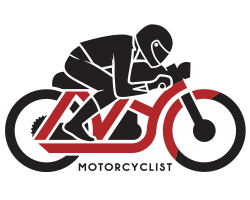

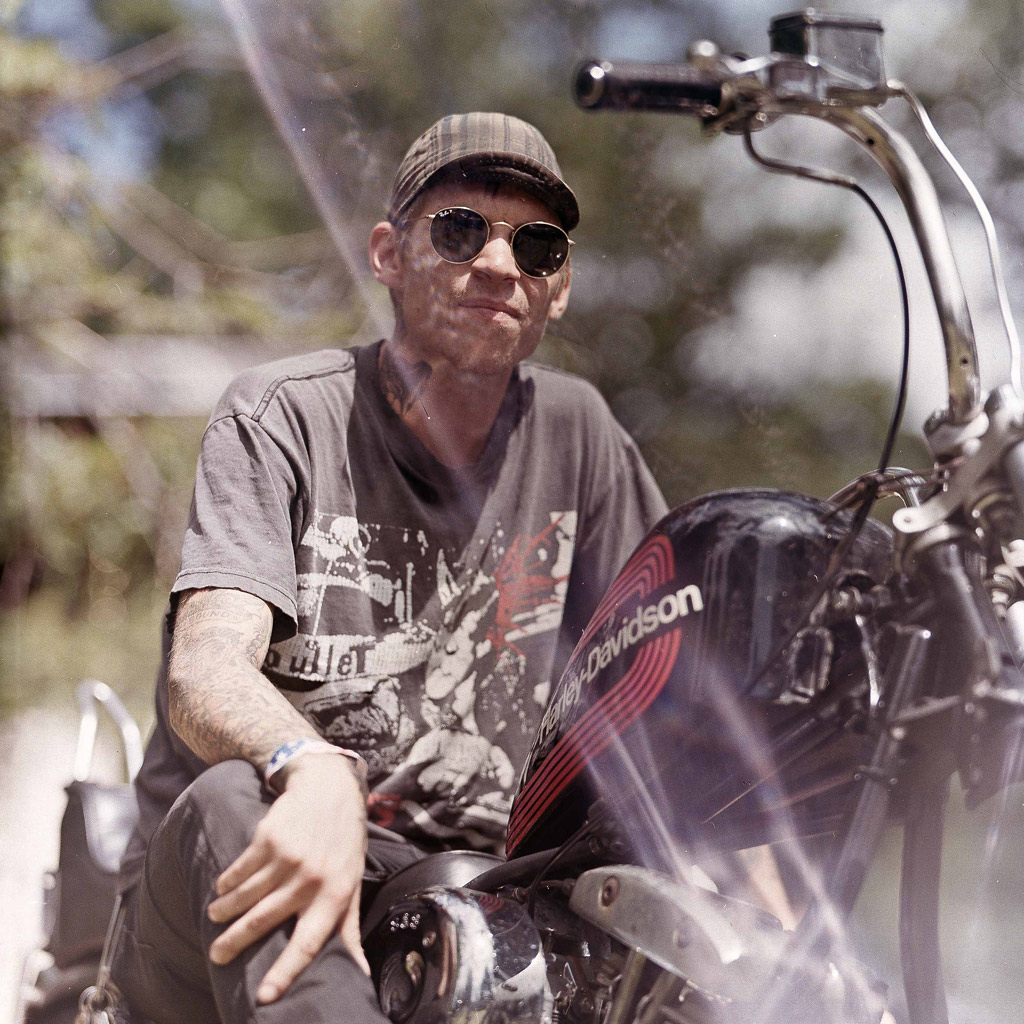
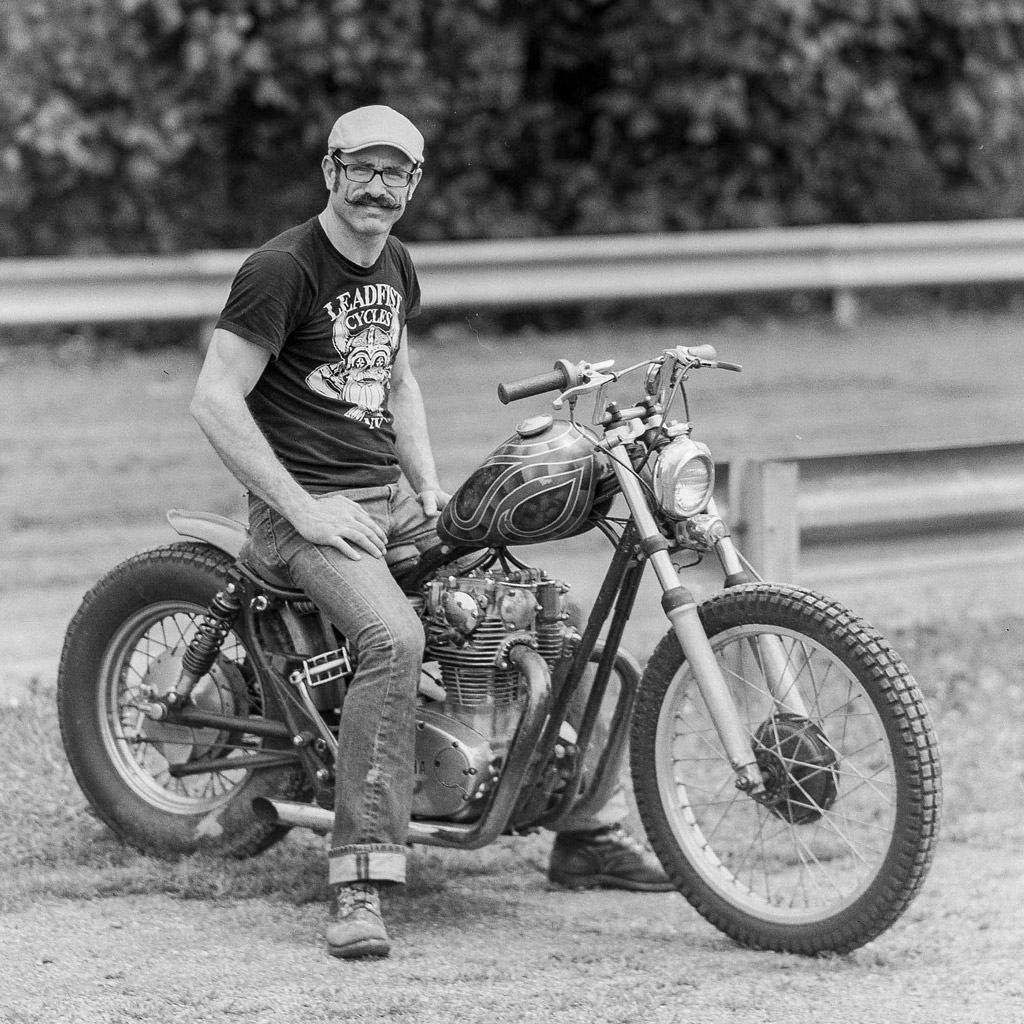
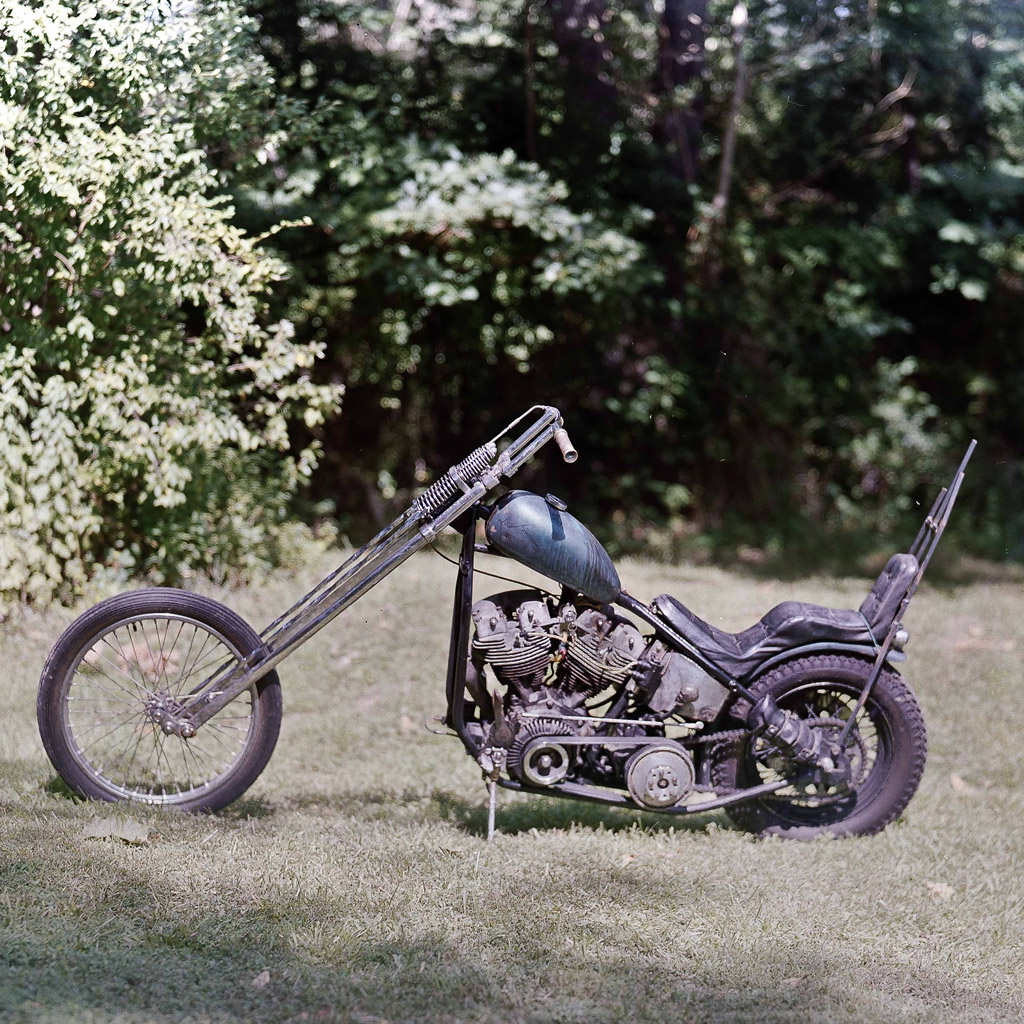
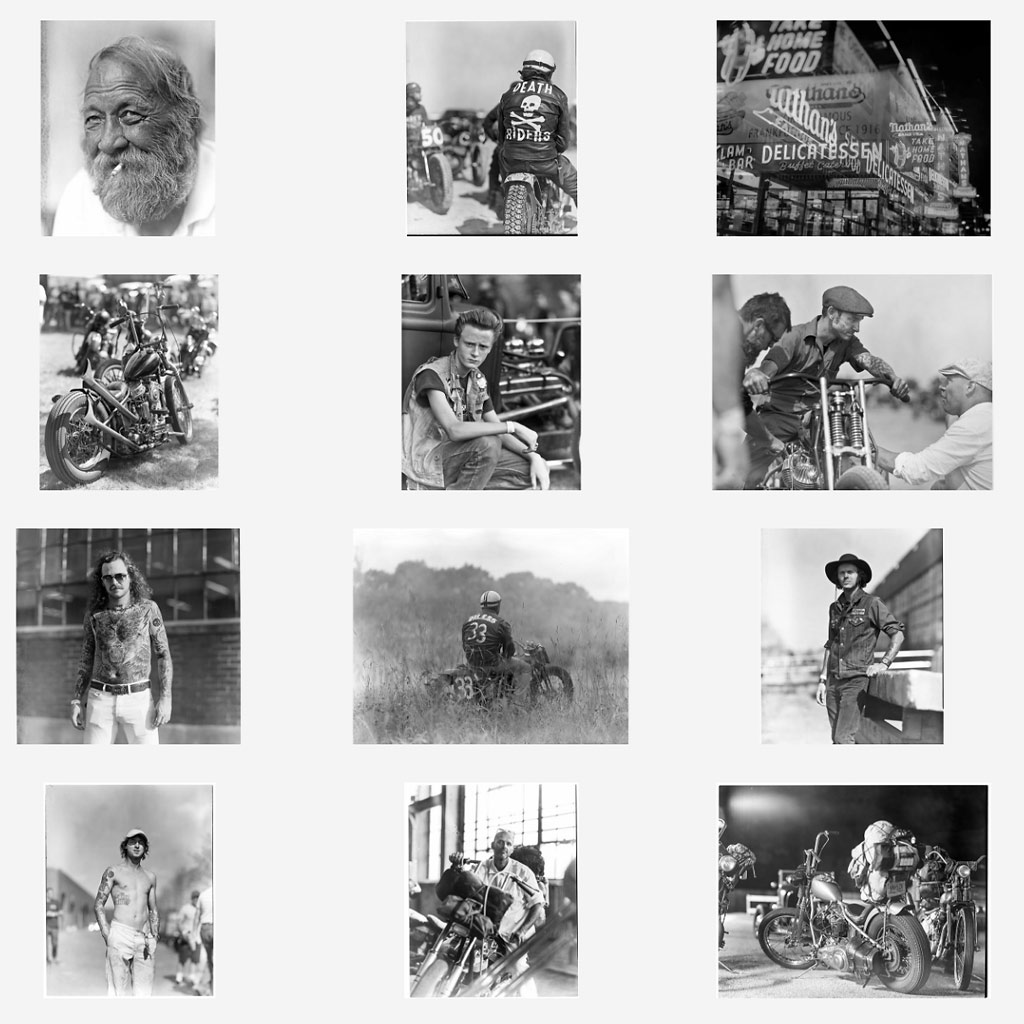
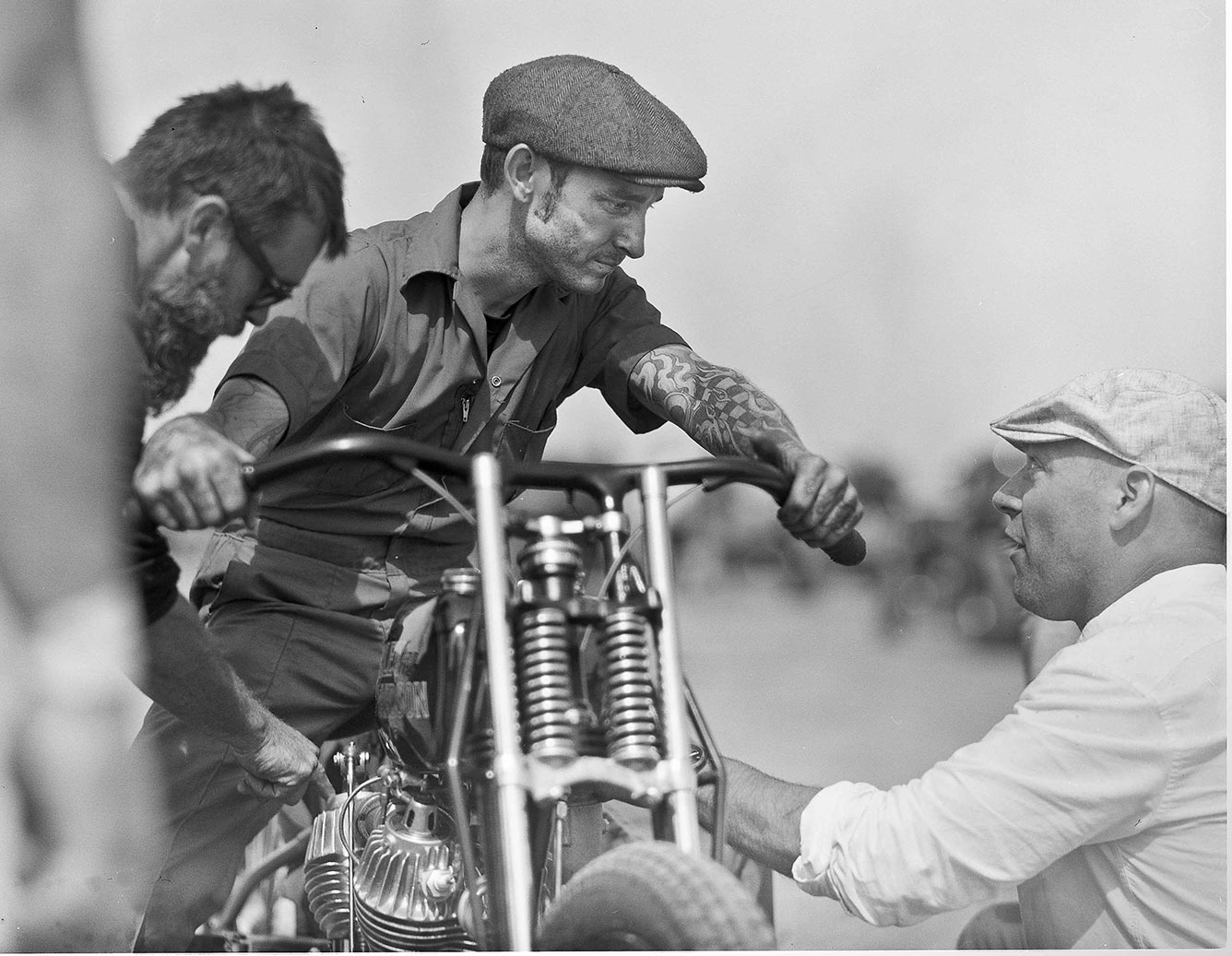
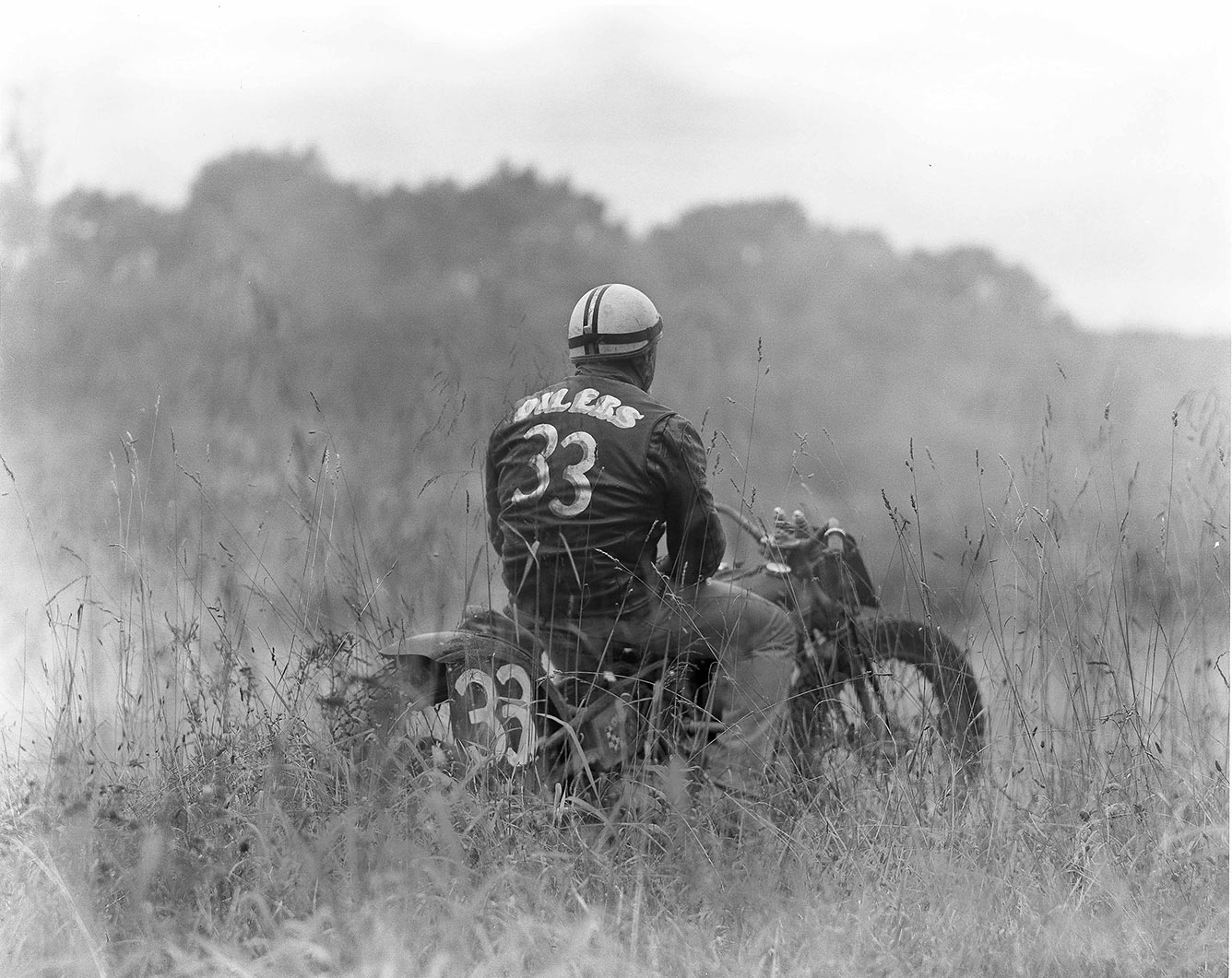


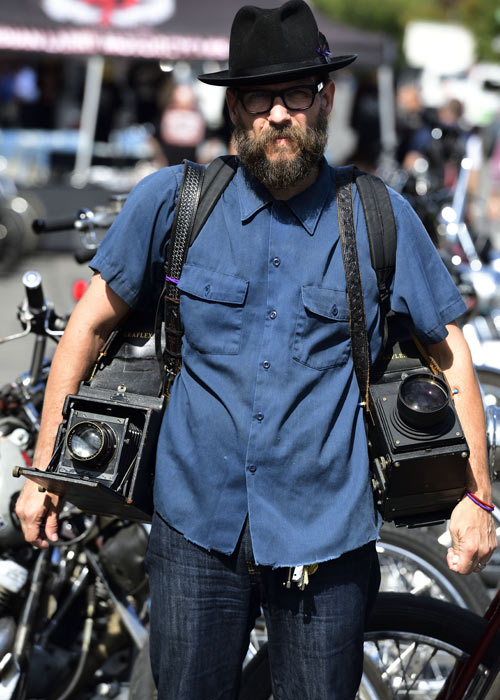
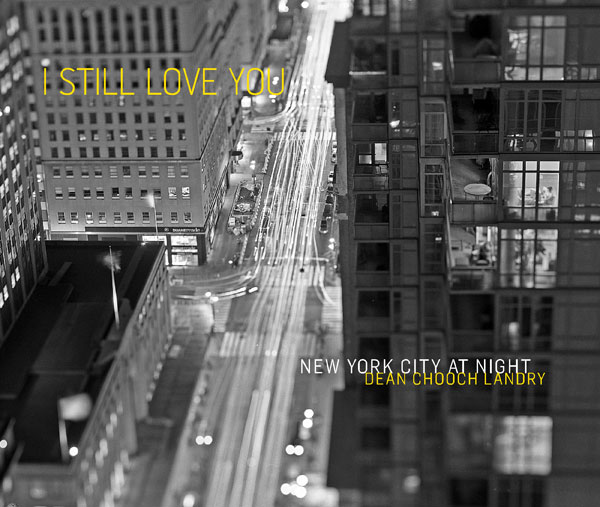
Leave a Comment